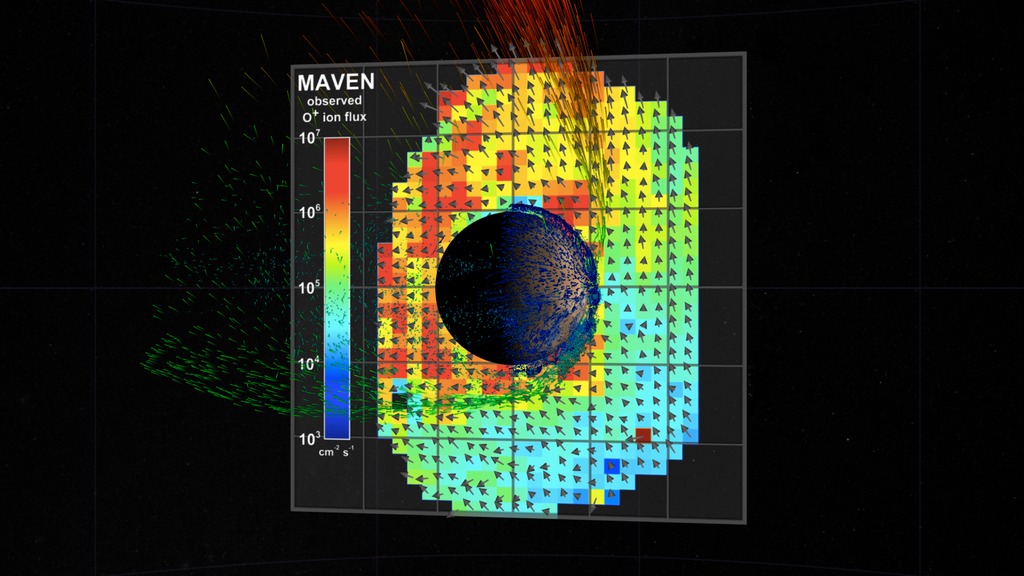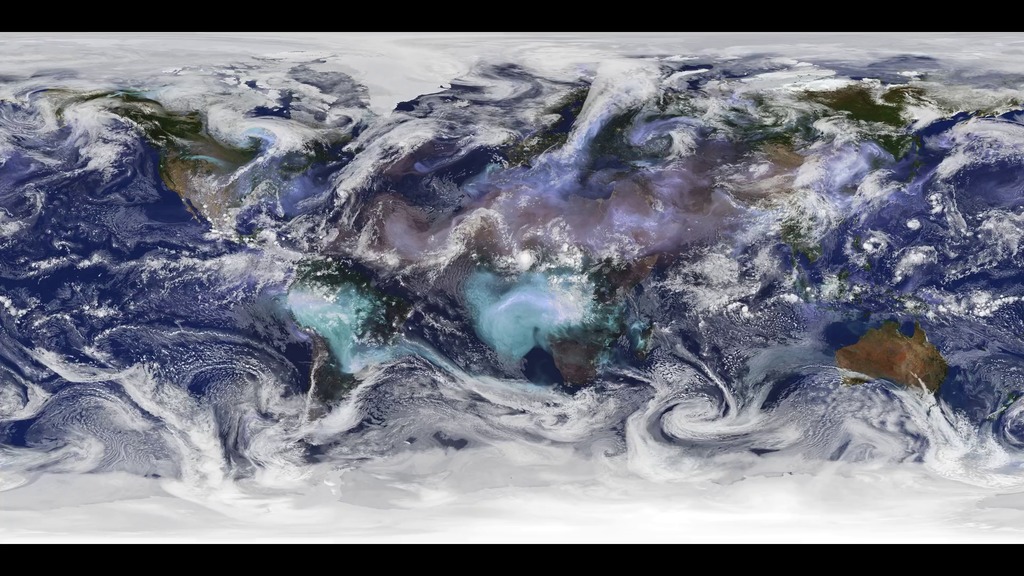SEEC AAS Hyperwall Presentation January 2018
This animation illustrates the Kepler-186 system, whose fifth world is the first Earth-sized exoplanet to be found orbiting within its star’s habitable zone. The animation closes with a simulated image from a coronagraph showing how such a planet might appear when directly imaged.
Credit: NASA/Ames/SETI Institute/JPL-Caltech

This illustration shows how the spectrum of light reflected by Earth can tell scientists about the planet's characteristics.
Credit: NASA

Illustration showing the spectra of several planets in our solar system, whose individual characteristics shape the light we detect.
Credit: NASA's Goddard Space Flight Center

Images of the planets in the preceding graph. This image is formatted for the vertical 10th screen of the hyperwall.
Credit: NASA's Goddard Space Flight Center

10th screen graphic for Avi Mandell

10th screen graphic for Giada Arney
Credits
Please give credit for this item to:
NASA's Goddard Space Flight Center. However, individual items should be credited as indicated above.
-
Producers
- Scott Wiessinger (USRA)
- Claire Saravia (NASA/GSFC)
-
Scientist
- Avi Mandell (NASA/GSFC)
Release date
This page was originally published on Thursday, March 15, 2018.
This page was last updated on Wednesday, November 15, 2023 at 12:23 AM EST.

